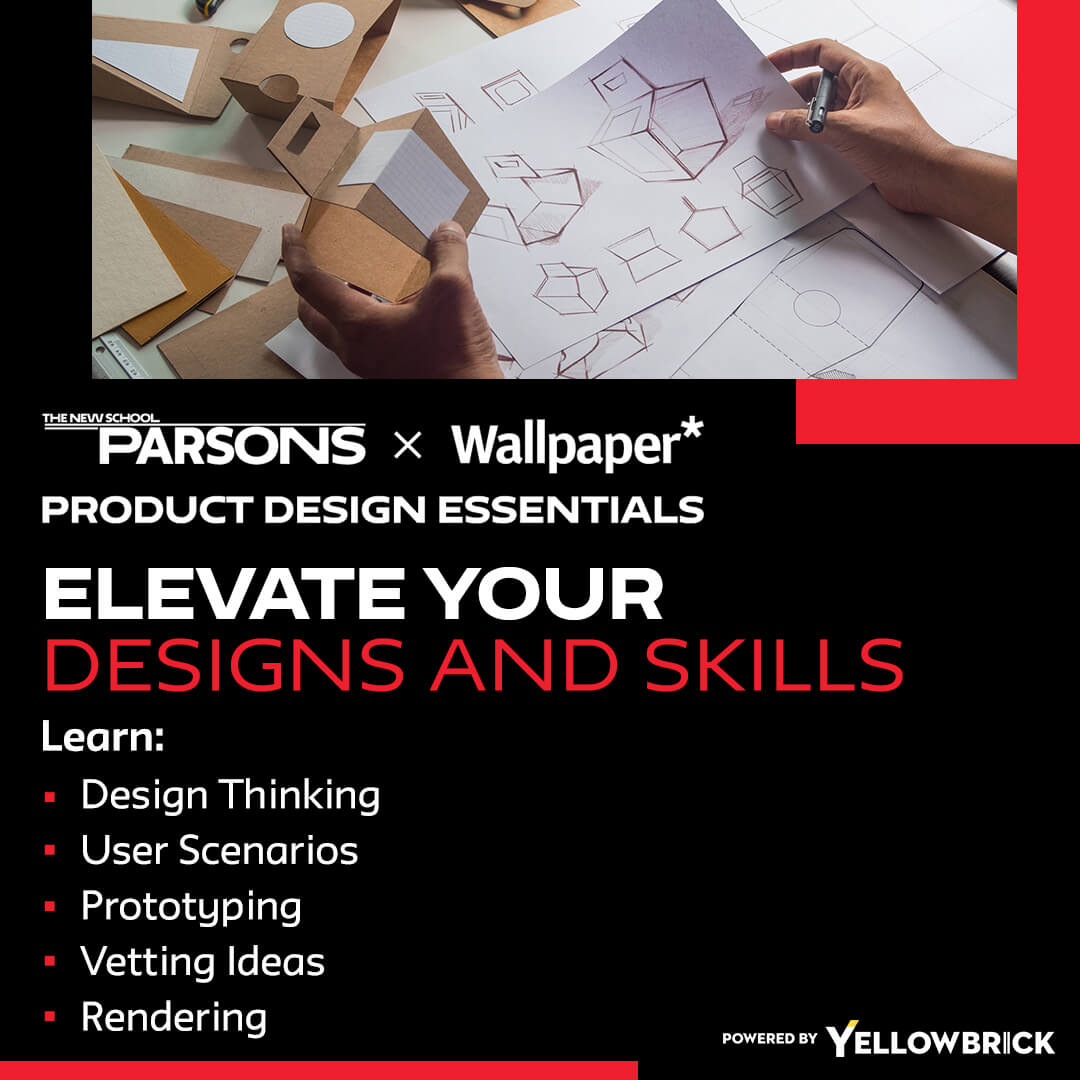User Satisfaction Metrics
User satisfaction metrics, such as Net Promoter Score (NPS) and Customer Satisfaction Score (CSAT), provide valuable insights into how satisfied users are with a product. By collecting feedback through surveys and user interviews, designers can gauge user sentiment and identify areas for improvement to enhance overall user satisfaction.
Usability Metrics
Usability metrics focus on how easily users can interact with a product and accomplish their goals. Metrics like Task Success Rate, Time on Task, and Error Rate help designers evaluate the usability of a product and pinpoint usability issues that may hinder user experience. Improving usability metrics can lead to higher user engagement and satisfaction.
Conversion Metrics
Conversion metrics measure how effectively a product converts users into customers or leads. Metrics like Conversion Rate, Click-Through Rate (CTR), and Bounce Rate provide insights into user behavior and the effectiveness of design elements in driving conversions. By optimizing conversion metrics, designers can improve the product’s ability to meet business goals.
Retention Metrics
Retention metrics, such as User Retention Rate and Churn Rate, help designers assess how well a product retains users over time. By tracking user retention, designers can identify patterns in user behavior, understand why users churn, and implement strategies to increase user loyalty and retention. Improving retention metrics is essential for long-term success and sustainability.
Engagement Metrics
Engagement metrics measure how actively users interact with a product and its features. Metrics like Daily Active Users (DAU), Monthly Active Users (MAU), and Session Duration provide insights into user engagement levels and help designers understand how users are interacting with the product. Increasing engagement metrics can lead to higher user satisfaction and product success.
Performance Metrics
Performance metrics focus on the technical aspects of a product, such as loading times, responsiveness, and reliability. Metrics like Page Load Time, Error Rate, and Uptime help designers assess the performance of a product and ensure that it meets user expectations for speed and reliability. Optimizing performance metrics is crucial for delivering a seamless user experience.
Accessibility Metrics
Accessibility metrics evaluate how inclusive and accessible a product is to users with disabilities. Metrics like Accessibility Compliance Score and Screen Reader Compatibility help designers ensure that products are accessible to all users, regardless of disabilities. Improving accessibility metrics not only enhances user experience but also demonstrates a commitment to inclusivity and diversity.
Innovation Metrics
Innovation metrics focus on the creative and innovative aspects of a product. Metrics like Number of Patents, New Feature Adoption Rate, and Innovation Index measure the level of innovation within a product and its impact on the market. By tracking innovation metrics, designers can assess the success of new ideas and features and drive continuous innovation within the product.
Revenue Metrics
Revenue metrics track the financial performance of a product and its impact on the bottom line. Metrics like Average Revenue per User (ARPU), Customer Lifetime Value (CLV), and Return on Investment (ROI) help designers understand the financial implications of design decisions and prioritize features that drive revenue growth. Improving revenue metrics is essential for the long-term success and sustainability of a product.
Market Share Metrics
Market share metrics assess the competitive position of a product within the market. Metrics like Market Share Percentage, Competitive Positioning Index, and Share of Voice help designers understand how well a product is performing compared to competitors and identify opportunities for growth and differentiation. Improving market share metrics can help designers capture a larger share of the market and increase brand visibility and recognition.
Conclusion
Understanding and leveraging these product design success metrics can empower designers to make informed decisions, drive continuous improvement, and create products that deliver exceptional user experiences and business outcomes.
By incorporating a data-driven approach and focusing on key metrics, designers can optimize their design strategies, iterate on designs based on user feedback, and ultimately create successful products that meet user needs and exceed business objectives.
Key Takeaways:
- Product design success metrics help align user needs with business objectives through data-driven decisions.
- User satisfaction, usability, and conversion rates are core indicators of product effectiveness.
- Retention and engagement metrics reveal long-term user loyalty and interaction levels.
- Performance and accessibility metrics ensure reliability, speed, and inclusivity.
- Revenue and market share metrics measure overall business impact and competitiveness.
By leveraging these metrics, designers can make data-driven decisions, enhance user experiences, drive innovation, and achieve business goals. To further enhance your expertise in product design success metrics, consider exploring the Parsons Product Design Essentials online course and certificate program.








